The Importance of Sump Pumps in Protecting Your Home from Flooding
Living in an area that is prone to flooding can be chal [...]
Living in an area that is prone to flooding can be challenging, especially when it comes to protecting your home and belongings from water damage. Fortunately, sump pumps offer an effective solution to this problem. In this article, we will discuss the importance of sump pumps in protecting your home from flooding.
What Is a Sump Pump?
A sump pump is a device that is installed in the basement or crawlspace of a home to prevent flooding. It works by pumping water away from the home and out to a safe location. Sump pumps are typically installed in a sump pit, which is a hole dug in the ground beneath the basement or crawlspace floor. When water enters the pit, the sump pump activates and pumps the water out of the pit and away from the home.
Why Are Sump Pumps Important?
Sump pumps are important for several reasons:
- Preventing Water Damage: Sump pumps are designed to prevent water from accumulating in basements and crawlspaces, which can cause significant damage to the home and its contents. Water damage can lead to structural problems, mold growth, and damage to personal belongings.
- Reducing Health Risks: Floodwater can contain harmful bacteria and other contaminants that can pose a health risk to homeowners. Sump pumps help reduce the risk of exposure to these contaminants by preventing flooding.
- Protecting Property Values: Homes that have a history of flooding are often difficult to sell, and may have significantly lower property values. Installing a sump pump can help protect your property value by preventing future flooding.
Types of Sump Pumps
There are two main types of sump pumps: submersible and pedestal.
- Submersible Sump Pumps: Submersible sump pumps are installed in the sump pit and are designed to be completely submerged in water. These pumps are typically quieter and more efficient than pedestal sump pumps, but they can be more expensive to purchase and install.
- Pedestal Sump Pumps: Pedestal sump pumps are installed above the sump pit and are designed to be partially or completely above the water level. These pumps are typically less expensive than submersible pumps, but they can be louder and less efficient.
Choosing the Right Sump Pump
When choosing a sump pump for your home, there are several factors to consider:
- Pump Capacity: The pump capacity, or the amount of water the pump can remove per minute, should be sufficient to handle the amount of water that is likely to accumulate in your basement or crawlspace. The pump capacity is typically measured in gallons per minute (GPM) or gallons per hour (GPH).
- Power Source: Sump pumps can be powered by electricity or a battery backup system. If your home is prone to power outages, a battery backup system can ensure that your sump pump continues to operate during an outage.
- Automatic vs. Manual: Automatic sump pumps are designed to activate automatically when water enters the sump pit, while manual sump pumps require manual activation. Automatic sump pumps are typically more convenient and reliable than manual pumps.
- Brand and Quality: It’s important to choose a sump pump from a reputable brand and of good quality to ensure that it functions properly and lasts for many years.
Maintaining Your Sump Pump
Maintaining your sump pump is essential to ensure that it functions properly when you need it. Here are some tips for maintaining your sump pump:
- Clean the Sump Pit: Clean the sump pit regularly to ensure that it is free of debris that can clog the pump and impede its operation.
- Check the Pump and Float Switch: Check the pump and float switch periodically to ensure that they are functioning properly.
- Test the Pump: Test the pump periodically to ensure that it turns on and off as it should.
- Replace the Battery: If your sump pump has a battery backup system, replace the battery every two to three years to ensure that it remains functional.
Conclusion
Sump pumps are an essential piece of equipment for many homeowners, particularly those who live in flood-prone areas. They are designed to prevent water damage, reduce health risks, and protect property values. When choosing a sump pump, it’s important to consider factors such as pump capacity, power source, and brand and quality. Additionally, maintaining your sump pump is essential to ensure that it functions properly when you need it. By taking these steps, you can ensure that your home and its contents are protected from flooding.

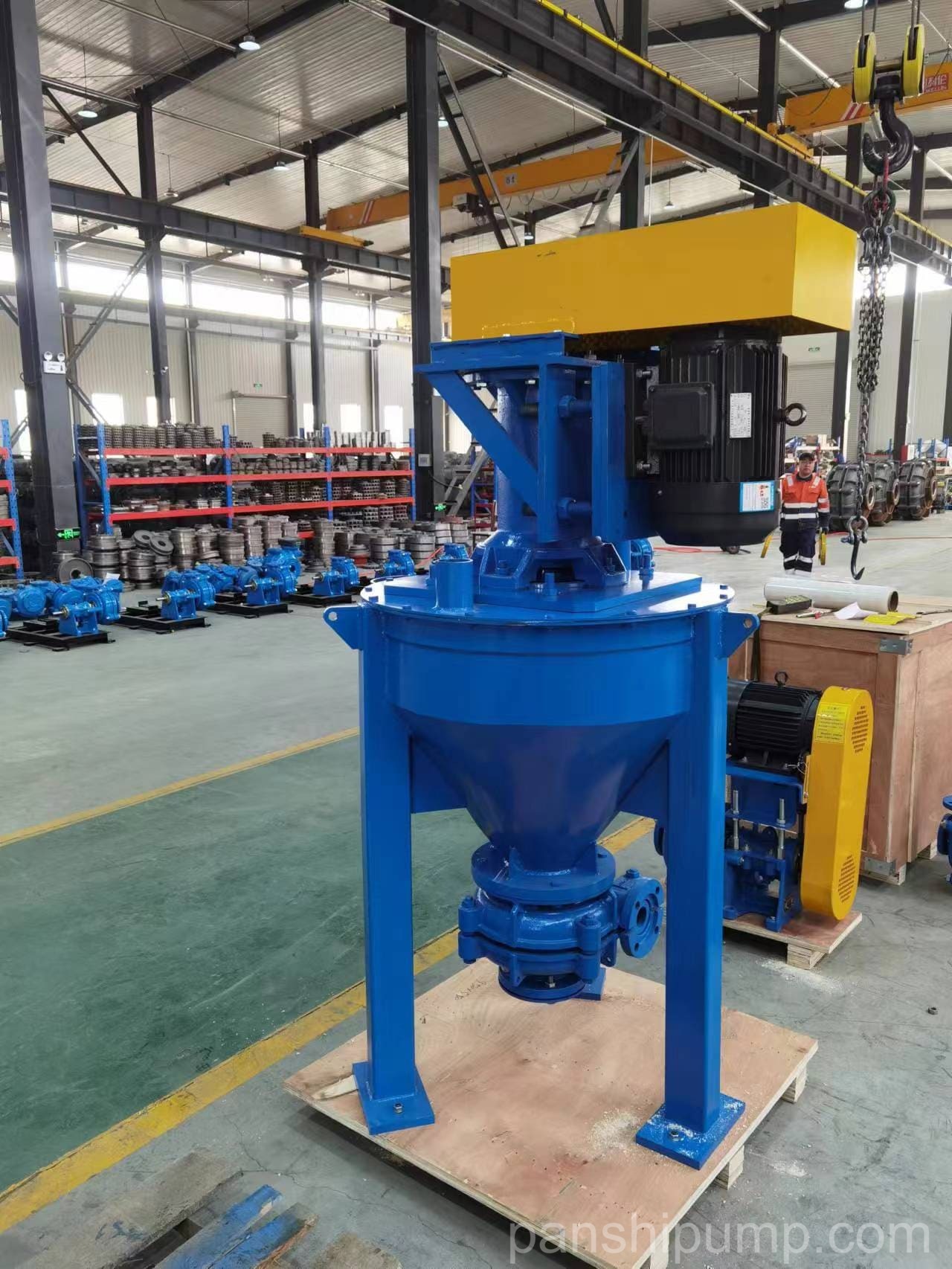
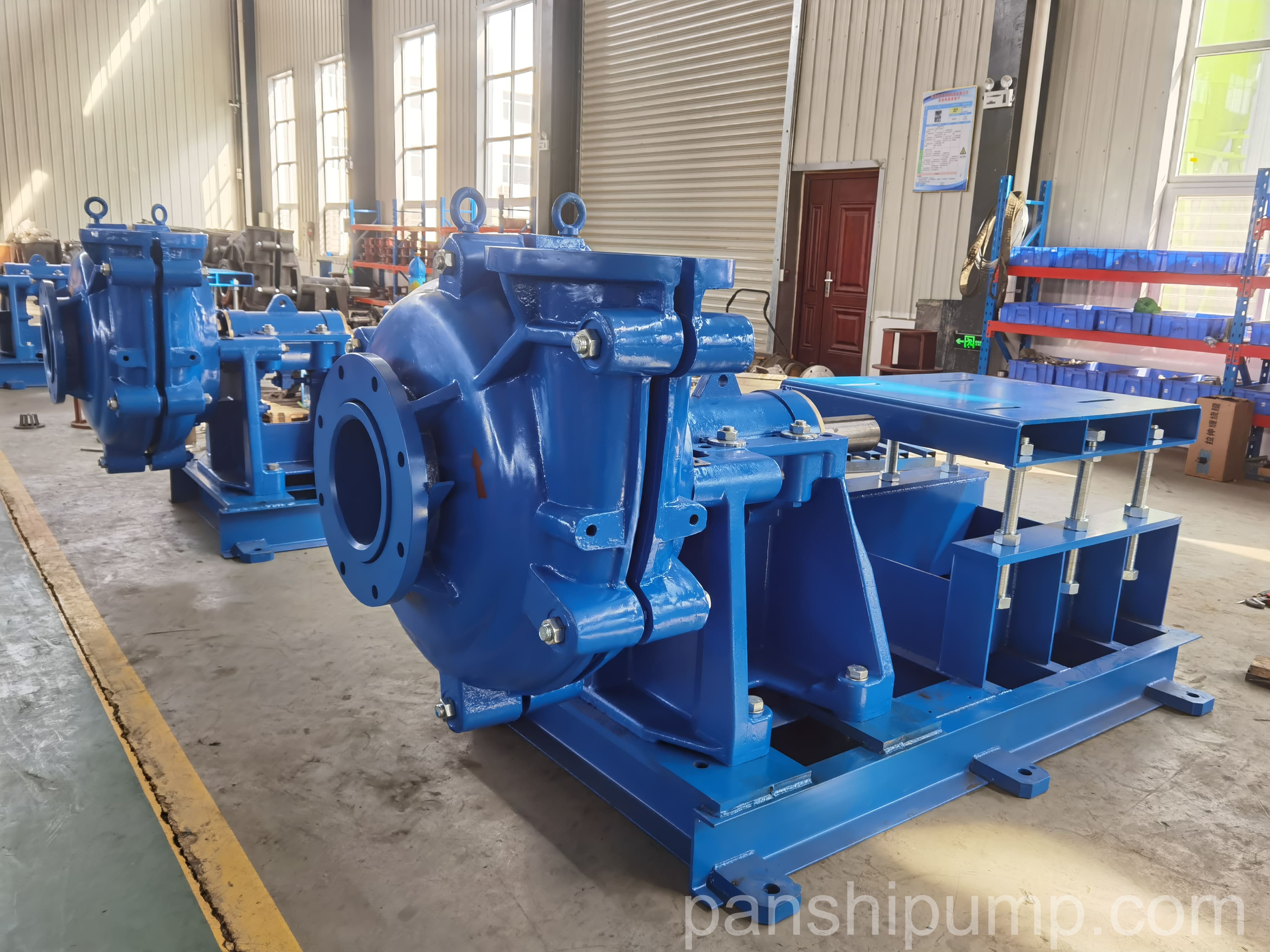
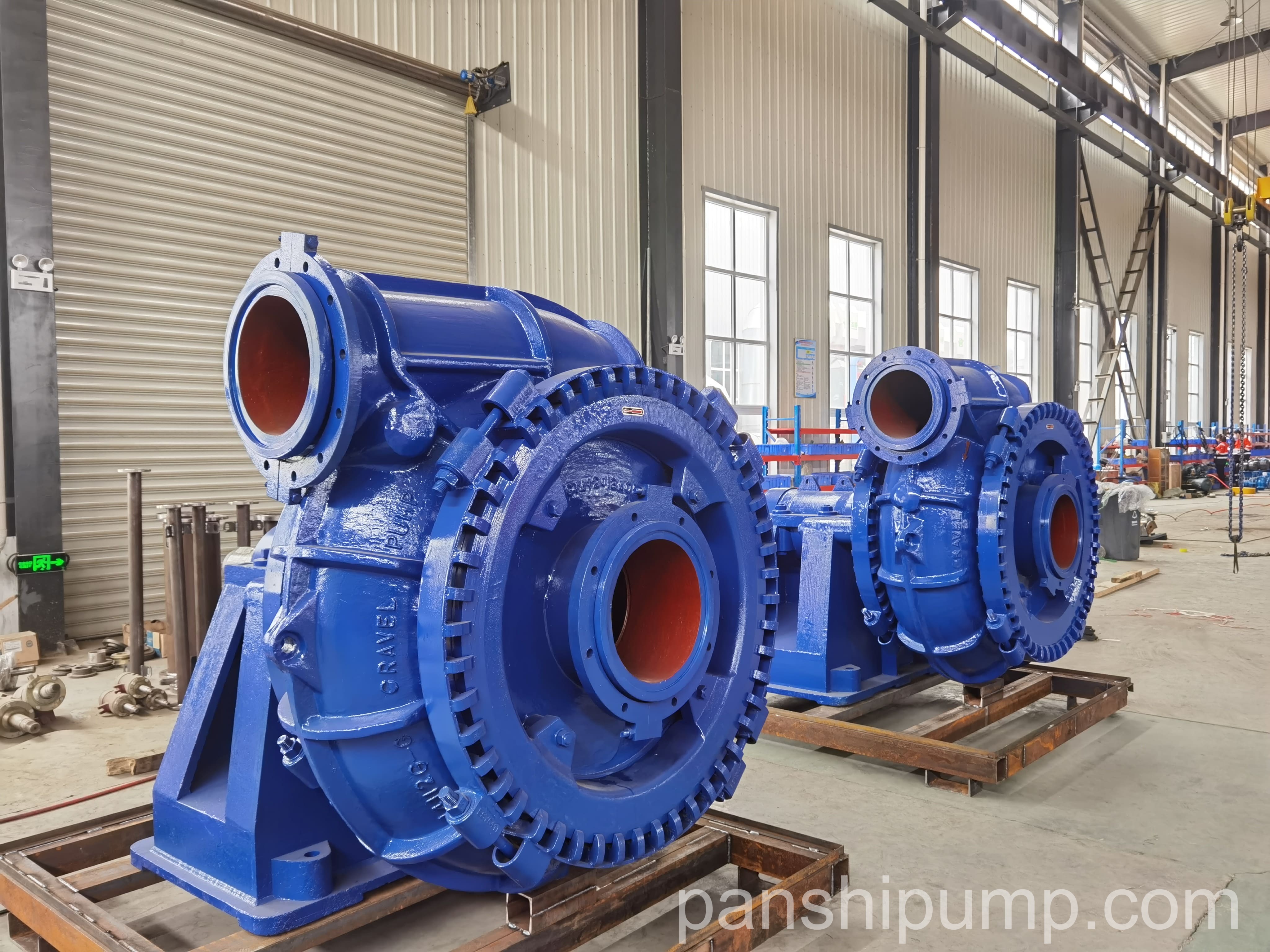
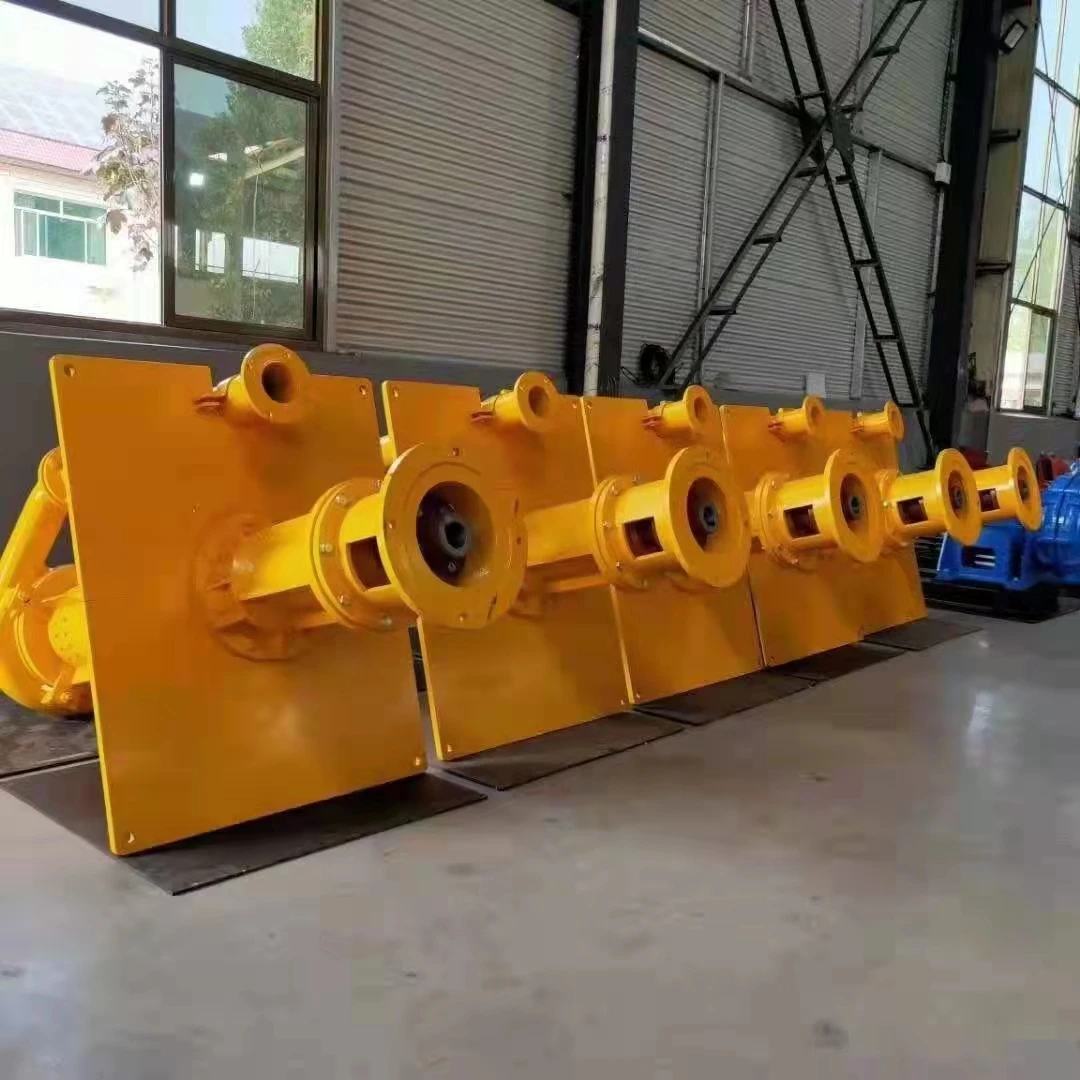
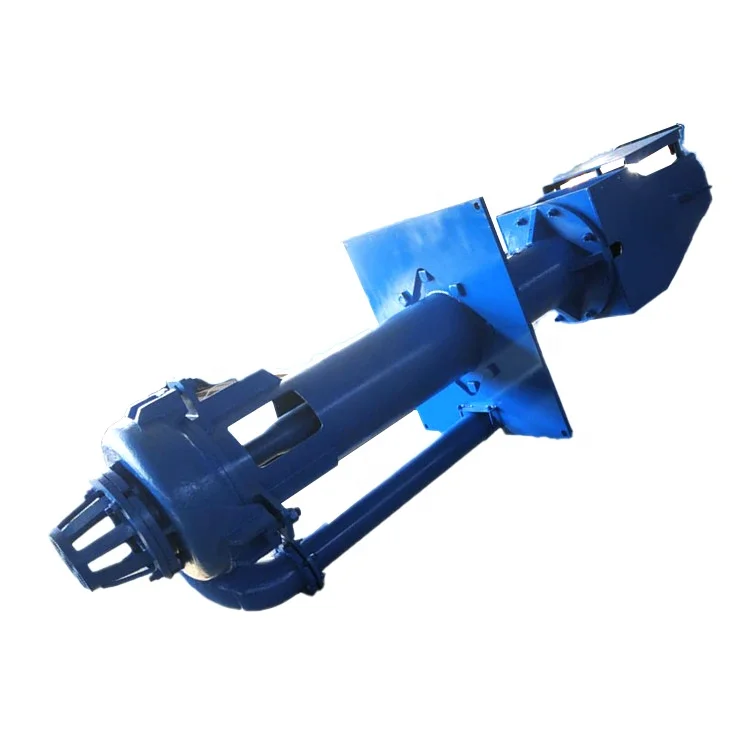
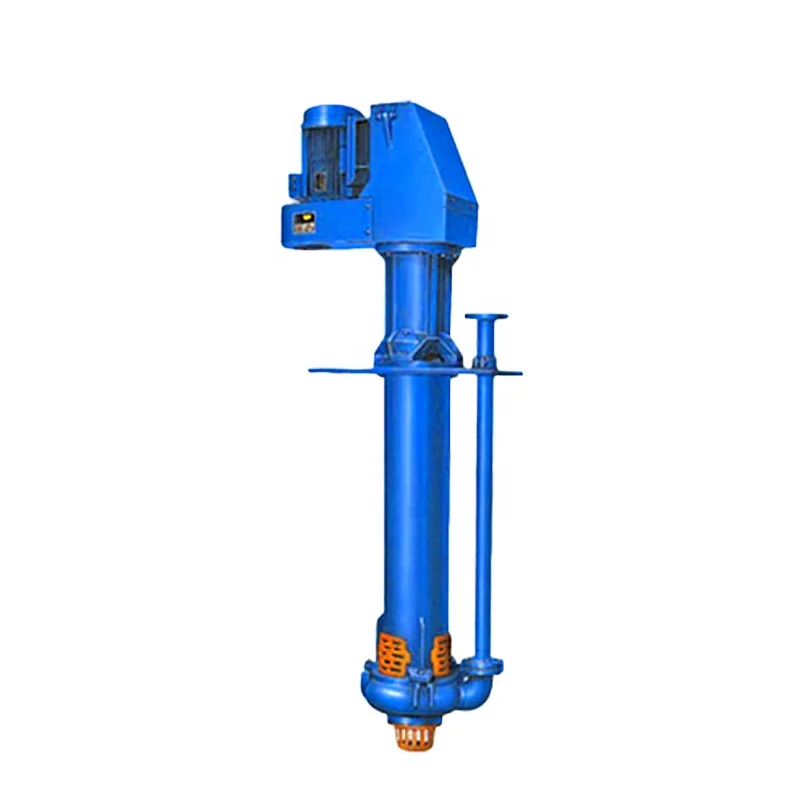
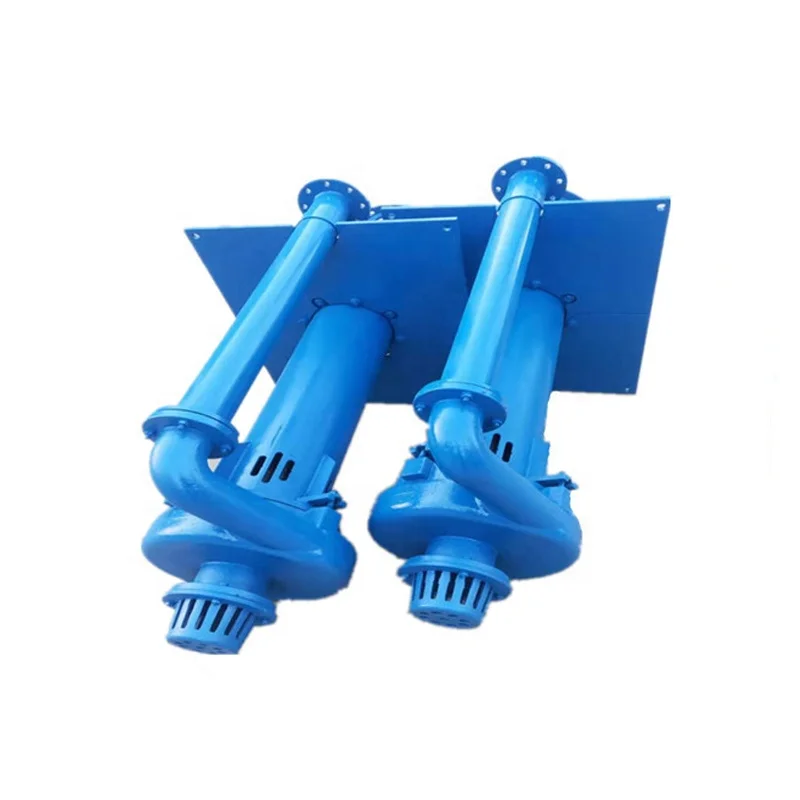




Please login to write a comment after